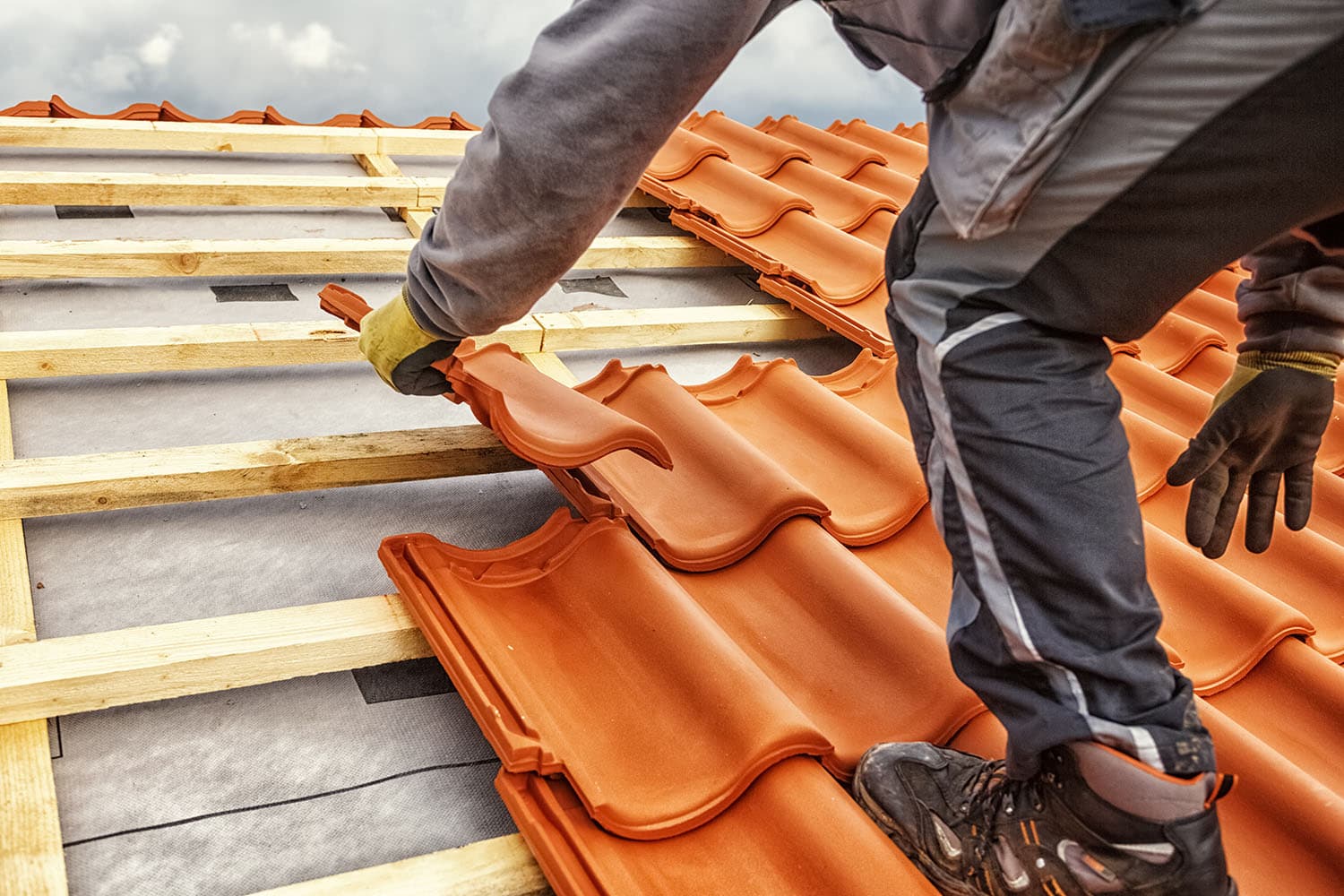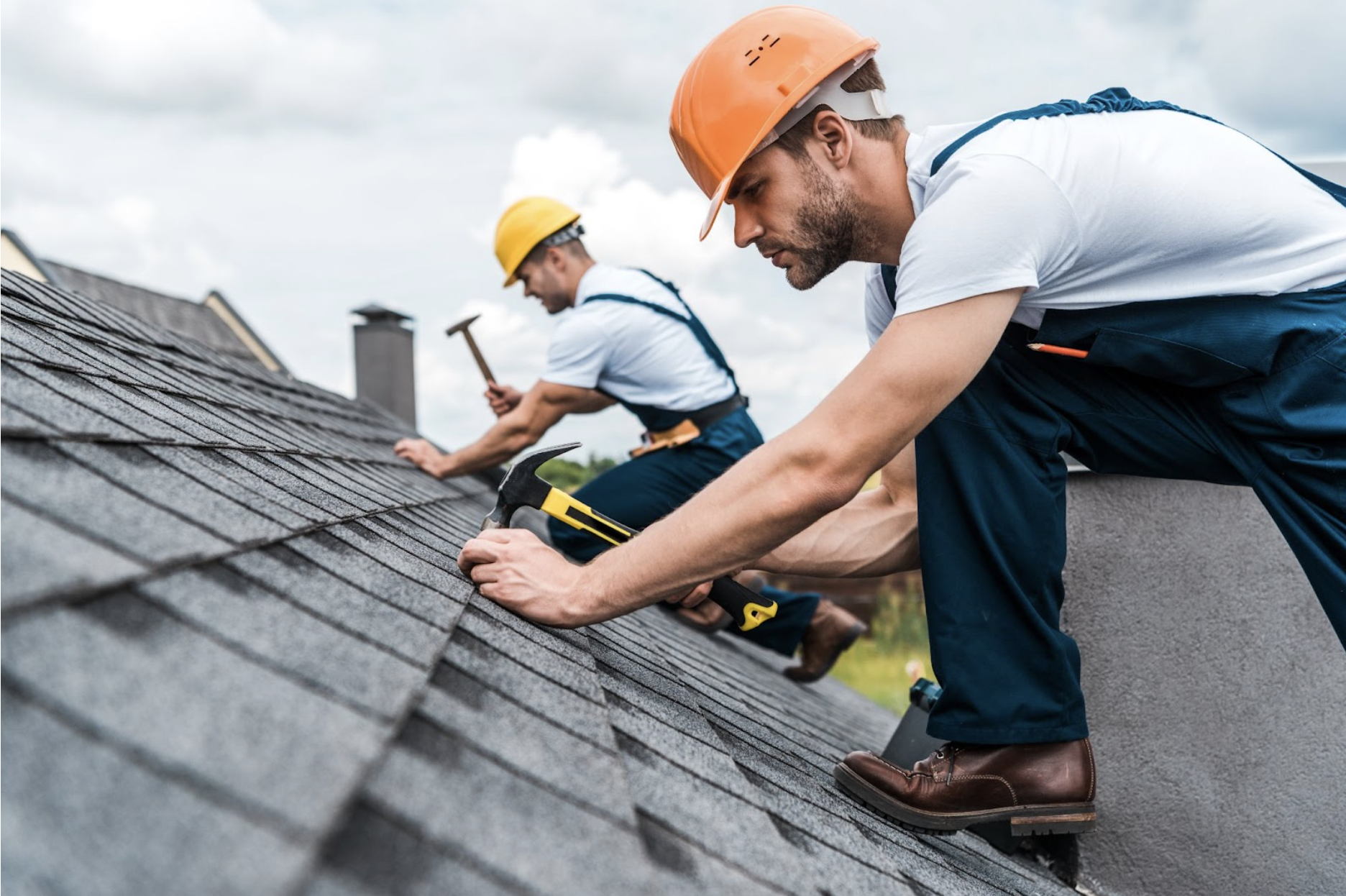Flat Roof Installation in Cuyahoga Falls: High-Quality Service for Residential and Commercial Roofs
A Comprehensive Overview to Effective Roof Covering Apartment Roofing Installment
The complexities of flat roof covering setup need a precise strategy, beginning with a comprehensive understanding of different flat roofing system kinds and the important products required for ideal performance. A successful installment pivots not just on the selection of products but likewise on the preparation and execution of each action involved in the process.
Understanding Flat Roof Covering Types
When thinking about flat roofs, it is vital to understand the various types available, as each offers distinctive advantages and negative aspects customized to specific requirements. The most typical kinds of flat roofings consist of Built-Up Roof covering (BUR), Changed Asphalt, and Single-Ply membranes.
Built-Up Roof covering contains multiple layers of asphalt and crushed rock, giving excellent sturdiness and weather condition resistance. It is especially helpful in locations susceptible to severe weather but might call for more maintenance due to its intricate construction.
Customized Bitumen is a prominent option for its simplicity of installation and flexibility. It commonly uses a self-adhesive or torch-applied approach, which can be useful for quick repairs and lasting performance. Its life expectancy can be much shorter compared to BUR.
Single-Ply membrane layers, including Thermoplastic Olefin (TPO) and Ethylene Propylene Diene Monomer (EPDM), are recognized for their lightweight nature and power effectiveness. These products are commonly liked for industrial structures due to their cost-effectiveness and ease of installation (Cleveland Roofing Specialists). Nonetheless, they may not offer the exact same degree of insulation as other alternatives.
Each roof type requires mindful factor to consider based on climate, budget, and certain task needs.
Crucial Products for Flat Roof Covering
A selection of crucial products are vital for the effective installment of level roof covering systems. The option of materials directly influences toughness, efficiency, and total performance.
Among the primary materials is the roof covering membrane, which can be constructed from numerous substances such as polycarbonate polyolefin (TPO), ethylene propylene diene monomer (EPDM), or PVC. Each type offers distinct benefits, including UV resistance and flexibility, which are crucial for extended performance.
Along with the membrane, insulation materials play a significant duty in power effectiveness. Inflexible foam boards or polyisocyanurate insulation are preferred options, as they provide outstanding thermal resistance and moisture management.
Furthermore, roofing adhesives and sealers are crucial for guaranteeing a watertight setup. These items need to work with the chosen membrane layer to prevent degeneration gradually.
Preparing for Installment
Proper preparation is necessary for an effective flat roof covering installment, as it prepares for a reliable and durable roof. Begin by carrying out an extensive inspection of the existing roofing system framework. Try to find signs of damage, including leakages, rot, or inadequate drain, which could endanger the brand-new roof. Ensure that the underlying materials are sound and can support the weight of the new roofing elements.
Following, collect all required tools and materials, ensuring that they meet market requirements. This consists of water resistant membranes, insulation, blinking, and bolts. Familiarize yourself with the supplier's specs, as adherence to these standards is important for service warranty functions.
Take into consideration weather conditions; stay clear of installation during hefty rainfall or severe temperatures, which can affect product performance. By taking these preparatory actions, you can enhance the possibility of an effective flat roof setup that satisfies both architectural and visual demands.
Step-by-Step Setup Refine
With the foundation established via thorough prep work, the following stage entails carrying out the flat roofing system installation systematically. This step is crucial for maintaining the roof covering's stability over time.
Adhering to the vapor obstacle setup, lay down insulation boards, guaranteeing they fit snugly together to decrease thermal connecting. Protect the insulation with appropriate bolts based upon the roofing type and neighborhood structure codes. Once the insulation remains in location, it's time to use the roof membrane layer. Depending upon the picked product-- such as TPO, EPDM, or modified asphalts-- mount the membrane according to the manufacturer's requirements.
Guarantee appropriate overlap at edges and seams to develop a leak-proof seal. Utilize adhesives, mechanical bolts, or heat welding as required. Finally, mount flashing around perimeters, vents, and any type of roof covering penetrations to boost waterproofing. After installment, carry out a comprehensive evaluation to recognize any type of prospective problems prior to wrapping up the project, making certain a durable and reputable flat roof covering system.
Upkeep Tips for Long Life
Regular upkeep is essential to guarantee the longevity and performance of a flat roof covering. Among the primary tasks is to perform regular assessments at least twice a year, preferably in springtime and fall. During these examinations, try to find indications of wear, such as sores, fractures, or pooling water, which can indicate underlying concerns.

Making certain appropriate drainage is essential to avoid water build-up. Examine and clear seamless gutters, downspouts, and scuppers to guarantee unhampered water flow. In addition, evaluate seals around vents, skylights, and various other penetrations for any type of signs of deterioration, using caulk or sealant as needed to preserve a water tight barrier.
Last but not least, take into consideration specialist upkeep solutions every couple of years for thorough maintenances. By adhering to these upkeep tips, you can significantly expand the life of your level roofing, ensuring it remains a trustworthy guard against the components.
Verdict
Efficient flat roof setup requires a systematic method encompassing detailed inspections, material choice, and precise preparation. Sticking to the laid out steps during the installment process makes sure the correct application of roofing membrane layers and insulation while improving waterproofing through effective flashing installation. Furthermore, implementing regular upkeep techniques substantially adds to the durability of the roof covering system. By complying with these guidelines, a reliable and durable flat roof my sources solution can be achieved, with the ability of standing up to numerous ecological problems.
The ins and outs of flat roofing installment demand a meticulous method, starting with an extensive understanding of numerous flat roof kinds and the vital products required for optimum browse around this web-site efficiency.Proper prep work is vital for a successful flat roofing installment, as it lays the foundation for a sturdy and efficient roofing system. After installation, conduct a complete assessment to recognize any kind of potential issues prior to ending the project, making certain a robust and reputable flat roof system.
